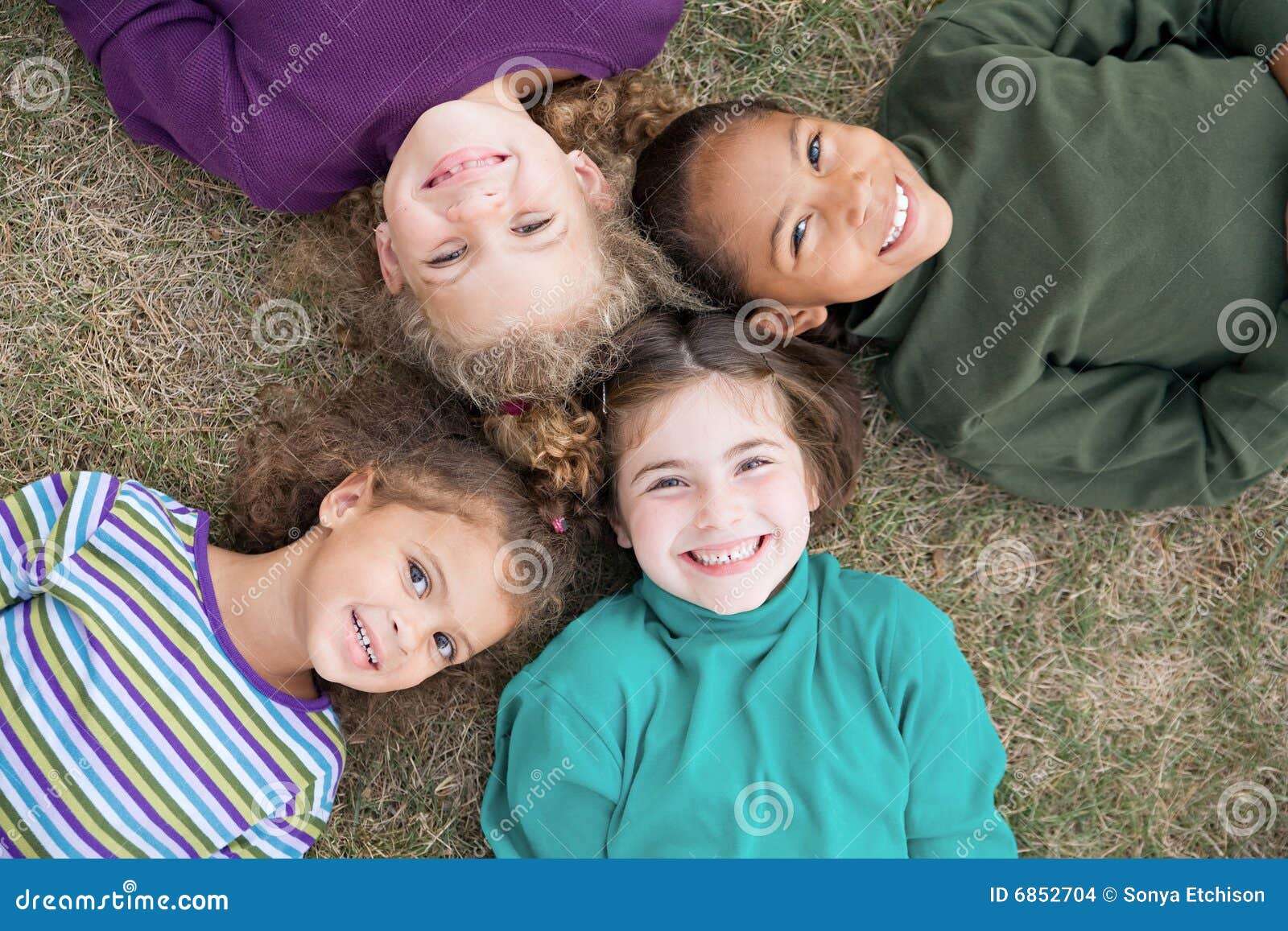Four girls one fingerpaint might sound like a fun activity, but it's so much more than just kids playing with colors. This concept taps into the raw creativity of young minds and encourages them to explore art in its purest form. Think about it—no brushes, no complicated techniques, just fingers and paint. It’s a simple yet powerful way to unleash imagination. So, if you're looking for a way to engage your kids in meaningful activities, this could be the perfect starting point.
Now, let’s be real for a second. Fingerpainting is often dismissed as “just for kids,” but there’s something magical about watching children express themselves through colors. It’s not only about the end result; it’s about the process, the joy, and the freedom that comes with it. Four girls one fingerpaint is a great example of how collaboration and creativity can coexist in a simple yet impactful way.
Before we dive deeper, let’s address the elephant in the room: why focus on four girls? Well, it’s not just about the number or gender—it’s about the dynamic. When kids work together, they learn teamwork, communication, and problem-solving. And let’s not forget, it’s also super fun! So, whether you’re a parent, teacher, or simply someone who loves art, this article will give you all the insights you need to embrace the beauty of fingerpainting.
Read also:Unveiling The Truth Itscarlyjane Nude Controversy And What You Need To Know
What Exactly is Four Girls One Fingerpaint?
Let’s break it down. Four girls one fingerpaint is an activity where four young artists come together to create a masterpiece using nothing but their fingers and paint. Sounds easy, right? But there’s more to it than meets the eye. This activity encourages kids to think outside the box, collaborate, and express themselves freely. It’s not just about painting; it’s about building confidence, fostering creativity, and creating memories.
In today’s fast-paced world, kids are often glued to screens. Fingerpainting offers a refreshing break from technology and allows them to engage with the world around them in a tactile way. Plus, it’s a great way to bond. Imagine four little girls giggling, laughing, and getting messy while creating something amazing. It’s pure magic!
Why Focus on Fingerpainting?
Fingerpainting might seem like child’s play, but it’s actually a powerful tool for development. Here are a few reasons why it’s worth exploring:
- Enhances Fine Motor Skills: Manipulating paint with their fingers helps kids develop hand-eye coordination and strengthen their muscles.
- Boosts Creativity: There are no rules in fingerpainting. Kids can experiment with colors, textures, and techniques, allowing their imaginations to run wild.
- Promotes Emotional Expression: Art is a great outlet for emotions. Through fingerpainting, kids can express feelings they might not be able to put into words.
- Encourages Collaboration: When multiple kids work on the same canvas, they learn to share ideas, compromise, and work together.
So, the next time you think about fingerpainting as just a messy activity, remember all the benefits it brings. It’s not just fun—it’s educational and therapeutic!
The Science Behind Fingerpainting
Let’s get a little nerdy for a moment. Did you know that fingerpainting has actual scientific benefits? Studies have shown that engaging in tactile activities like fingerpainting can stimulate neural pathways in the brain. This means that as kids explore textures and colors, they’re also enhancing their cognitive abilities.
Moreover, fingerpainting is a multisensory experience. Kids aren’t just seeing the colors; they’re feeling them, smelling them, and even hearing the sounds they make as they move across the canvas. This sensory overload is incredibly beneficial for brain development, especially in young children.
Read also:Skymovieshd Your Ultimate Destination For Streaming Movies
Benefits of Multisensory Learning
Here’s a quick breakdown of how multisensory learning works:
- Visual Stimulation: Kids see the colors and patterns they create.
- Tactile Engagement: They feel the texture of the paint on their fingers.
- Auditory Feedback: They hear the sounds the paint makes as it spreads across the surface.
- Olfactory Experience: Some paints have distinct scents, adding another layer to the experience.
When all these senses come together, the brain forms stronger connections, leading to better learning outcomes. So, the next time your kid gets messy with paint, remember they’re actually doing some serious brain work!
Getting Started with Four Girls One Fingerpaint
Now that you know the benefits, let’s talk about how to get started. First, you’ll need some basic supplies:
- Non-toxic fingerpaints (safety first!)
- Large sheets of paper or a canvas
- Smocks or old clothes to protect their outfits
- A drop cloth or plastic sheet to cover the workspace
Once you’ve gathered everything, set up a designated area where the girls can get creative. Make sure there’s plenty of space for them to move around and enough light for them to see their work. And don’t forget to have some wipes or a bucket of water nearby for quick clean-ups!
Tips for a Successful Session
Here are a few tips to ensure a fun and productive fingerpainting session:
- Encourage Exploration: Let the girls experiment with different techniques, like spreading, dabbing, or swirling the paint.
- Focus on Process, Not Product: The goal isn’t to create a perfect masterpiece; it’s to enjoy the process of creating.
- Provide Guidance, Not Instructions: Offer suggestions, but don’t dictate what they should do. Let their creativity shine!
- Embrace the Mess: Fingerpainting is inherently messy, and that’s okay. The more they get their hands dirty, the more they’re learning.
Remember, the key is to create a safe and supportive environment where the girls feel free to express themselves. With the right setup and mindset, the possibilities are endless!
Four Girls One Fingerpaint: A Case Study
To give you a better idea of how this activity works in practice, let’s look at a real-life example. Recently, a group of four girls aged 5-7 participated in a fingerpainting session at a local community center. The results were incredible! Not only did they create stunning artwork, but they also formed a strong bond through their collaboration.
During the session, the girls worked together to decide on color schemes, themes, and techniques. They took turns adding elements to the canvas, laughing and cheering each other on. By the end of the session, they had created a vibrant mural that reflected their unique perspectives and personalities.
This case study highlights the power of collaboration and creativity in action. It’s not just about the final product; it’s about the journey and the connections made along the way.
Key Takeaways from the Case Study
- Collaboration enhances creativity and problem-solving skills.
- Encouraging self-expression leads to more engaging and meaningful art.
- Working together fosters a sense of community and belonging.
So, whether you’re organizing a similar activity at home or in a group setting, remember to prioritize collaboration and creativity. The results will speak for themselves!
The Role of Parents and Educators
As parents and educators, our role is to support and guide, not dictate. It’s important to create an environment where kids feel safe to explore and express themselves. Here are a few ways you can do that:
- Provide Resources: Make sure you have all the necessary supplies and materials ready.
- Encourage Exploration: Let the kids experiment with different techniques and ideas.
- Offer Positive Reinforcement: Praise their efforts and celebrate their unique creations.
- Be a Role Model: Show them that art is a lifelong journey and that it’s okay to make mistakes.
By fostering a positive and supportive environment, you can help kids develop a lifelong love for art and creativity.
Common Challenges and How to Overcome Them
Of course, every activity comes with its own set of challenges. Here are a few common ones and how to tackle them:
- Messiness: Embrace the mess and plan for it with drop cloths and easy clean-up materials.
- Conflict: Encourage communication and compromise when disagreements arise.
- Self-Doubt: Remind the kids that there’s no such thing as a “wrong” way to create art.
With a little patience and understanding, you can turn challenges into opportunities for growth and learning.
Four Girls One Fingerpaint: Beyond the Canvas
While the focus is on fingerpainting, the lessons learned extend far beyond the canvas. Through this activity, kids develop essential life skills like teamwork, communication, and problem-solving. These skills will serve them well in all areas of life, from school to relationships to future careers.
Moreover, fingerpainting encourages kids to think outside the box and approach problems with creativity and innovation. In today’s rapidly changing world, these skills are more important than ever. By nurturing creativity from a young age, we’re setting kids up for success in the future.
Long-Term Benefits of Creative Activities
Here’s a quick rundown of the long-term benefits of engaging in creative activities like fingerpainting:
- Enhanced Problem-Solving Skills: Kids learn to think critically and come up with innovative solutions.
- Improved Communication: Collaborative activities teach kids how to express their ideas and listen to others.
- Increased Confidence: Creating art helps kids build self-esteem and believe in their abilities.
So, the next time you think about skipping art time, remember all the amazing benefits it brings. It’s not just about the art—it’s about the person they’re becoming.
Conclusion: Embrace the Magic of Four Girls One Fingerpaint
In conclusion, four girls one fingerpaint is more than just an activity—it’s a journey into the world of creativity and collaboration. By engaging in this simple yet powerful activity, kids can develop essential skills that will benefit them for years to come. From enhancing fine motor skills to fostering emotional expression, the benefits are endless.
So, what are you waiting for? Gather your supplies, set up your workspace, and let the creativity flow. And don’t forget to share your experiences and creations with others. Who knows? You might just inspire someone else to embrace the magic of fingerpainting!
Feel free to leave a comment below and let us know how your four girls one fingerpaint session went. And if you enjoyed this article, be sure to check out our other content on art, creativity, and education. Together, we can inspire the next generation of artists and innovators!


